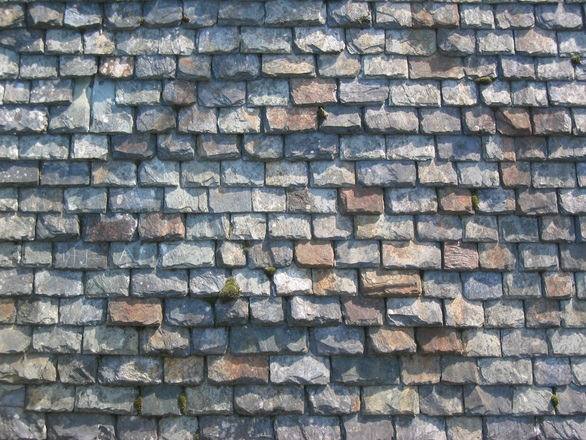If you are building a new home or renovating an existing one, you may find the time come where you need to choose a roofing material for your home. In Canada, we have a variety of options to choose from, and sometimes the plethora of options can become overwhelming. Because of this, we have created this list of the pros and cons of the most common shingle varieties around to help you in this potentially difficult decision.
One need only look around or ask any professional roofing company in the area, like Professional Roofers, to know that asphalt shingles are one of the most common types of shingles used in southern Ontario. According to roofpedia.com, these shingles are less costly than other shingles, but their life expectancy’s range is generally from 20 to 50 years old. Homeowners love this aspect of these shingles, especially when they compare the cost savings to the material itself. Other great aspects of asphalt include the following: it works well in cold and hot climates, it requires little maintenance, it has a long life expectancy due to it being durable, it is fire resistant, and it is easy to install. The disadvantages of these shingles include the possibility of decay due to sudden changes of weather, the possibility of these shingles being affected and uplifted due wind, the shingles not being environment friendly, and a possible lifespan reduction due to poor attic ventilation. Visit Professionalroofers.com if you are interested in learning more about this variety of shingle, or have any industry specific questions that have been plaguing you.
Wood is another common type of shingles, and cedar heartwood is the highest quality within this category. The advantages of cedar heartwood include it providing a natural look, and, like other types of wood, they provide great energy efficiency in a home by helping to insulate the attic, and allowing the house to breathe. The disadvantages of cedar consist of it having a lower life expectancy for areas with severe climate changes, being harder to install than asphalt shingles, not being fireproof, and potentially having problems with insects, rot, and mold.
Clay roofing tile is a good choice for homes with a Spanish Mission, Italian, or southwestern design and is also great for that clean, modern look. Other great aspects of clay include them: having a long lifespan, not requiring much maintenance, being unable to burn or rot, unable to be destroyed by insects, and that they comes in various types, styles, brands, and colors. On the other hand, these tiles can be broken easily, making it hard to clean fireplaces, gutters, or even to paint. The other disadvantages consist of a complicated initial installation, requiring more support due to weight, and being more costly.
Slate is the last common type of shingles for pitched roofs and is formed by natural rock being mined and cut. They are very attractive and distinctive due to their natural variations of shape and color. According to roofpedia.com, these shingles are the longest lasting type of roof materials available – they generally last for 80 to 100 years, and some last longer than 100 years. The disadvantages of slate shingles include the fact that they are costly, with prices going up to $1000 for 100 square footage, and installation requiring expertise and special tools. Another disadvantage is that they are heavy, thus requiring expensive structural reinforcement. They can also be brittle and break easily.
